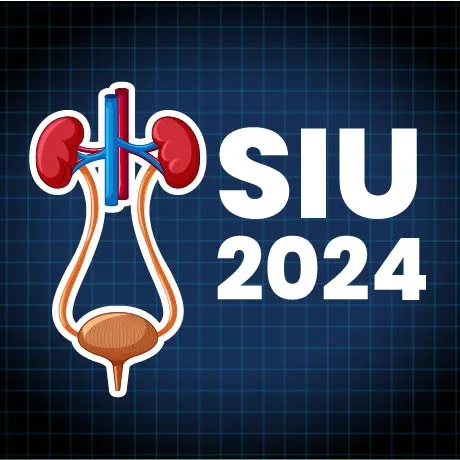Q.1: What is the maximum operating time for RS procedures?
Answer:
-
Recommended duration: 60-90 minutes to prevent complications.
-
Long procedures (e.g., 4+ hours) can cause transient ischemia and future damage when removing the ureteral access sheath.
-
If the stone is too large, consider staging the procedure instead of extending time.
Q.2: What is the ideal size of the scope and sheath ratio?
Answer:
-
Optimal ratio: 7.5/11 or 7.5/10 for best manoeuvrability and reduced stress on instruments.
-
A ratio like 6.3/10 was found counterproductive due to poor tensile strength, leading to system collapse during the procedure.
-
Avoid bending the sheath too much; instead, use the “sheath advancement technique” for stability.
Q.3: How to manage irrigation and pressure during the procedure?
Answer:
-
Recommended: 140 mL of irrigation and pressure around 25 kPa (~110 mmHg).
-
Proper irrigation ensures the system remains stable and prevents scope collapse.
Q.4: What are the advantages of the CAC device from the USA?
Answer: CAC device enables easier aspiration of large fragments with a 12 French scope and 7.5 French working channel. However, it may not be suitable for Asian populations due to size constraints and heavy handling.
U.S. studies are ongoing to evaluate its effectiveness with and without an access sheath.
Q.5: How to prevent postoperative edema and pain after using an access sheath?
Answer: Edema at the ureterovesical junction (UVJ) may occur post-procedure. To manage this, some practitioners suggest not using stents unless absolutely needed. Instead, placing a temporary ureteral catheter is an option. If swelling occurs, waiting 5 minutes before re-inspecting with the scope usually shows no injury or extravasation.
Q.6: When should stents be placed in RS procedures?
Answer: If the stone volume exceeds 1,500 CC, stenting before the procedure helps with drainage. However, post-procedure stenting may not always be necessary unless specific complications arise.
Q.7: What is the maximum time for using retrograde suction (RS) in a procedure, and what do guidelines suggest?
Answer: While guidelines suggest RS is effective for stones up to 2.5 cm, the consensus is that procedures should ideally be completed within 60 to 90 minutes. Extending beyond this time, such as the 4.5 hours mentioned, is discouraged due to potential complications like ischemia in the ureter.
Q.8: What is the preferred scope and sheath size for RS?
Answer: A 7.5 French sheath paired with a 10 French working channel is considered optimal. The combination of a 6.3 French scope with a 10 French sheath is less effective, particularly in manoeuvrability and flexibility in the lower pole of the kidney.
Q.9: What challenges arise when using a 6.3 French scope?
Answer: Users reported system collapse during procedures, and a 6.3 French scope lacks the tensile strength needed for effective bending and manoeuvrability, particularly in complex renal anatomies.
Q.10: What irrigation pressure is recommended during RS?
Answer: Keeping the irrigation pressure at approximately 110 mmHg (25 kilopascals) helps maintain system stability and performance during the procedure.
Q.11: Is it advisable to use suction with a flexible scope?
Answer: Yes, suction can improve visibility and fragment removal. The recommendation is to alternate between dusting and suctioning rather than using both simultaneously.
Q.12: What are the considerations regarding stenting during RS?
Answer: Stenting may be warranted for larger stones (>1,500 cc) to ensure effective drainage. However, some practitioners prefer not to stent if the procedure is completed efficiently without residual fragments.
Q.13: How should the fan sheath be utilised during the procedure?
Answer: Initially, the sheath should be placed above the ureteropelvic junction (UPJ) to assess the anatomy before targeting specific calyces. Once the UPJ is confirmed to be accommodating, the sheath can then be manoeuvred to individual calyces.
Q.14: Should irrigation be increased while using suction?
Answer: Yes, it's advised to increase irrigation when suctioning to optimise fluid dynamics and maintain visibility within the renal collecting system.
Société Internationale d'Urologie Congress, 23-26 October 2024, New Delhi, India.



